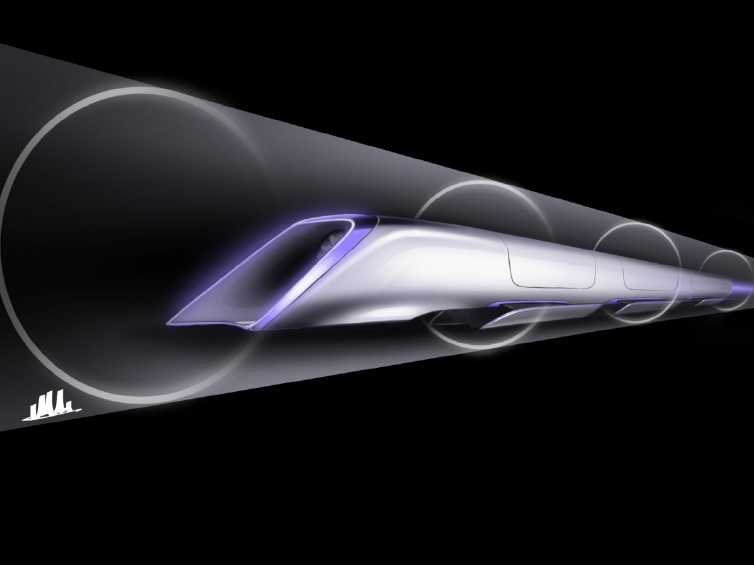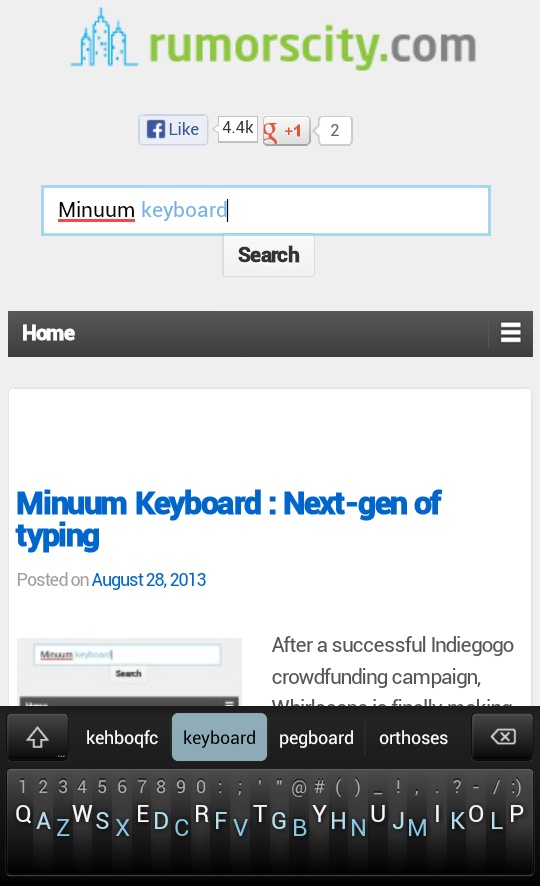5 Top Bitcoin alternatives
Bitcoin is a crypto-currency that functions as a peer-to-peer digital currency without the intermediation of a central authority. Lately, with the price surging, it has generated a great deal of interest with investors and parties interested to get in to the Bitcoin market. But Bitcoin is actually not the only option.
If you know nothing about Bitcoin and digital currencies in the virtual world of crypto-currencies, here’s a short verdict: Bitcoin is a decentralized digital currency that uses cryptography to control transactions and subject entirely to the market forces of supply and demand. As long as there is demand, it will possess value. It establishes ownership through peer-to-peer network, and every transaction is permanently recorded in a public ledger known as Blockchain.
We will highlight a list of the top alternatives and the biggest differences between the crypto-currencies.
Litecoin (LTC)
Litecoin was created in 2011 based on Bitcoin’s open source code. The currency caught on rapidly as it was easier to mine compared to Bitcoin – two and a half minutes rather than Bitcoin’s ten minutes to process a block. It uses the Scrypt hash algorithm for mining, so ASIC machines customised to solve SHA-256 hashes for Bitcoin does not exist for Litecoin. Another reason for it’s popularity as an alternative to Bitcoin is that it is among the least difficult crypto-currency to mine at the moment.
The Litecoin network will produce up to 84 million Litecoins, as much as four times as many currency units as will be issued by Bitcoin. Because the number of Litecoins will eventually exceed Bitcoin, speculators assume that it will eventually have 1/4th of the total value. So that if Bitcoin rises to $1000, Litecoin may rise to $250.
Peercoin (PPC)
Peercoin launched in 2012, is the first to implement crypto-currency based on a combined proof-of-stake / proof-of work for added security, which acts as an economic measure to deter malicious attack on the network by requiring a requester to show ownership of the currency during transactions. It is the third largest crypto-currency and unlike Bitcoin and Litecoin, Peercoin does not have a limit on the number of possible coins. It is designed to eventually attain an annual inflation of 1 percent, which allow for greater long-term scalability.
Novacoin (NVC)
Novacoin is the second known crypto-currency to be based on the implementation of proof-of-stake / proof-of-work hybrid system. Launched recently on 2013, Novacoin uses the Scrypt hash algorithm similar to Litecoin. It is performing pretty well, with a higher value than Litecoin and lower difficulty on the network.
Feathercoin (FTC)
Feathercoin came in to the market quite recently, introduced in 2013. It produces 16 times as much coins as Bitcoin for each block solved. The Feathercoin network will cap at around 336 million coins. Compared to other crypto-currencies, it is relatively easier to solve blocks. Similar to Litecoin, Feathercoin uses the Scrypt hash algorithm for proof-of-work.
Terracoin (TRC)
Terracoin which was released in 2012 uses the SHA-256 hash algorithm similar to Bitcoin. So after some time of mining by application-specific integrated circuit (ASIC) machines, it will have a very high difficulty level for solving blocks compared to those crypto-currencies using the Scrypt based algorithm. The limit on the number of Terracoins is 42 million.
For a complete list of the available crypto-currencies, check out the list at Wikipedia.








